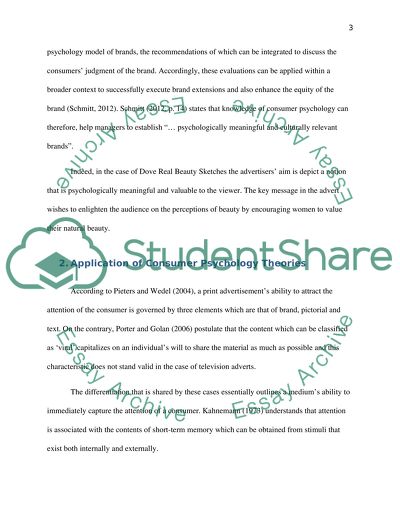Cite this document
(“Serving Customers in Global Markets (Report) Essay”, n.d.)
Serving Customers in Global Markets (Report) Essay. Retrieved from https://studentshare.org/marketing/1490348-serving-customers-in-global-markets-report
Serving Customers in Global Markets (Report) Essay. Retrieved from https://studentshare.org/marketing/1490348-serving-customers-in-global-markets-report
(Serving Customers in Global Markets (Report) Essay)
Serving Customers in Global Markets (Report) Essay. https://studentshare.org/marketing/1490348-serving-customers-in-global-markets-report.
Serving Customers in Global Markets (Report) Essay. https://studentshare.org/marketing/1490348-serving-customers-in-global-markets-report.
“Serving Customers in Global Markets (Report) Essay”, n.d. https://studentshare.org/marketing/1490348-serving-customers-in-global-markets-report.


